Warning: Graphic content, readers’ discretion advised. This story contains a recollection of crime and can be triggering to some readers discretion advised.
The Case of Dr. John Hamilton: The Valentine’s Day Murder
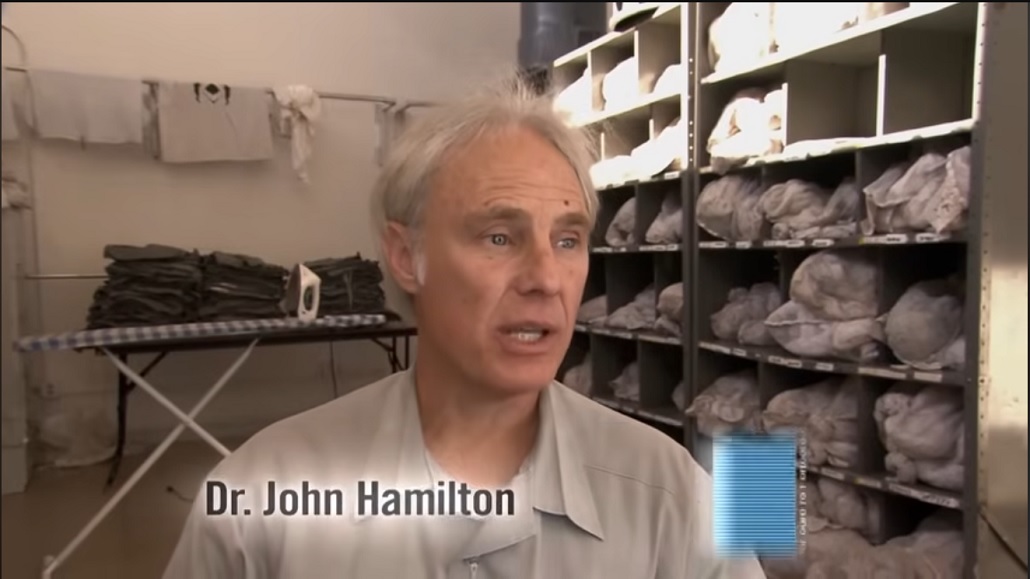
Dr. John Baxter Hamilton, a respected obstetrician-gynecologist in Oklahoma City, was convicted of murdering his wife, Susan Hamilton, on Valentine’s Day 2001. The case, often dubbed the “Valentine’s Day Murder,” shocked the community due to the couple’s seemingly idyllic marriage and the brutal nature of the crime.
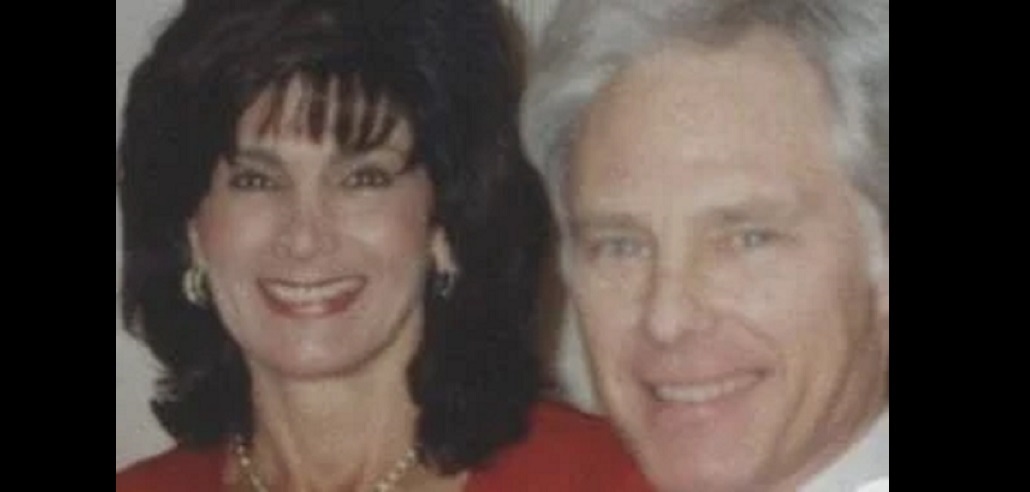
John (53 at the time) and Susan (55) had been married for nearly 14 years. They met in 1985 and wed in 1987. John was a prominent OB/GYN known for his romantic gestures, including gifting Susan a Porsche on their wedding day and extravagant presents thereafter. Susan worked as an office manager in his medical practice.
Despite appearances, friends reported strains in the marriage. Susan had confided in close friends about considering divorce, citing John’s long work hours and emotional distance.
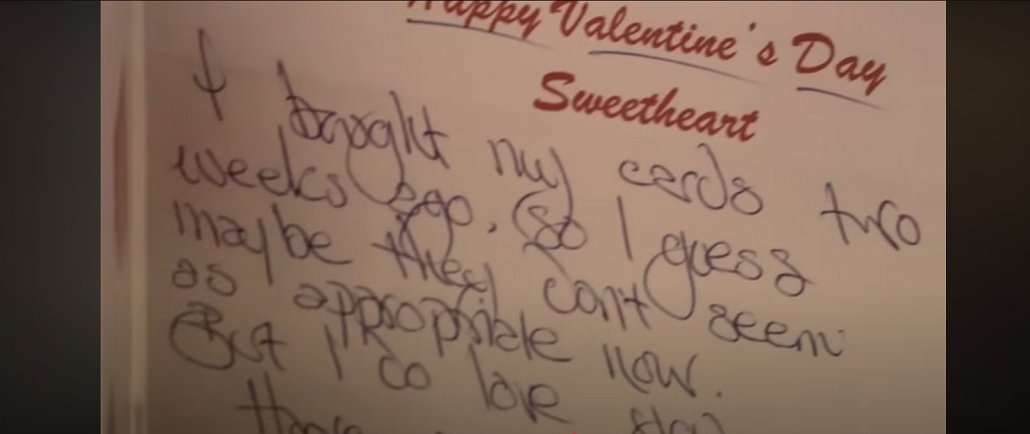
A key piece of evidence was a Valentine’s Day card Susan wrote to John that morning, which read, “I may not say it often, but I love you very much,”—a phrase prosecutors interpreted as tepid and indicative of cooling affection.
There were also rumors of John’s infidelity, including alleged visits to a strip club where a dancer testified he received lap dances and called her repeatedly.
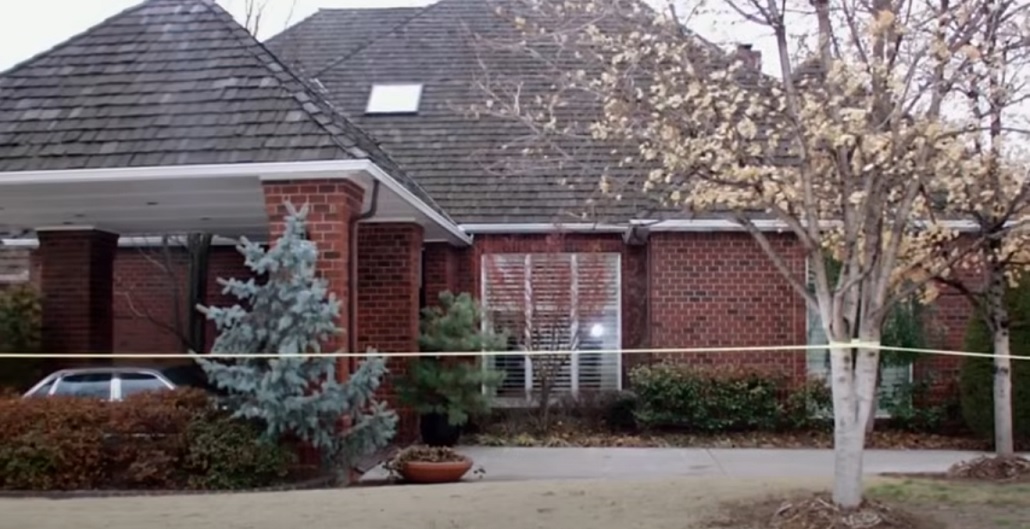
On February 14, 2001, around 1:30 p.m., John called 911 in a panic, claiming he had returned home from surgeries at two hospitals and found Susan dead in their Quail Creek home’s bathroom.
He said he attempted CPR but couldn’t revive her.
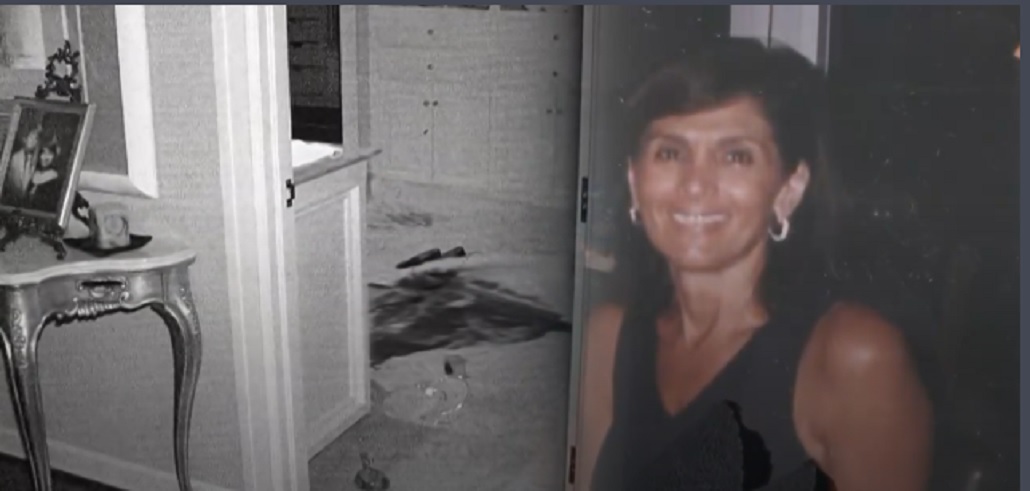
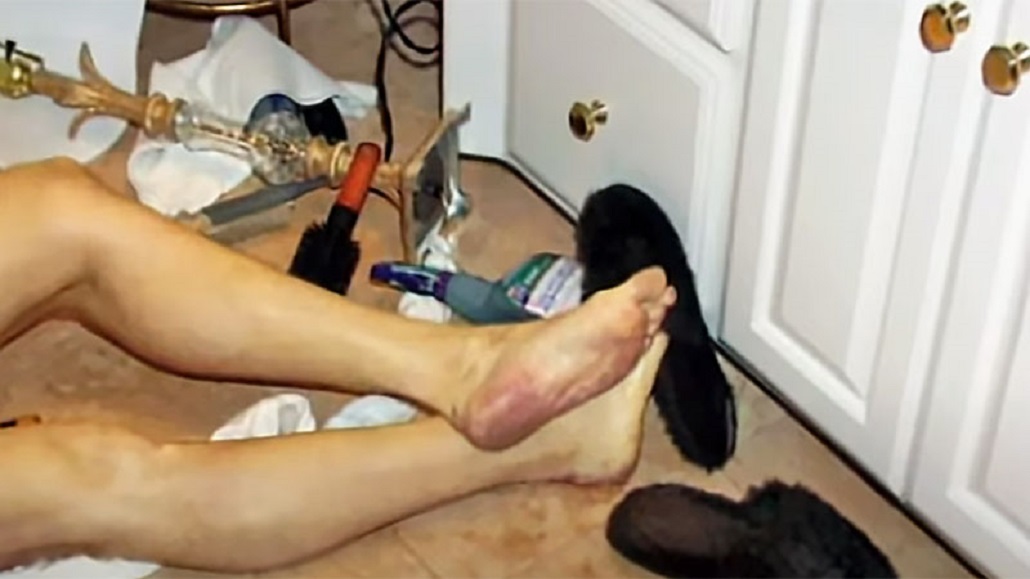
Susan had been strangled with two of John’s neckties and bludgeoned with an unidentified heavy object (never recovered), fracturing her skull and exposing parts of her brain. The attack was described as “personal” and violent, with no signs of forced entry or robbery—jewelry was still in plain view.
Blood was spattered throughout the bathroom, and John’s shirt and shoes had bloodstains. After the 911 call, John moved his car from the driveway (transferring blood and tissue inside it) and hid some of Susan’s jewelry in a drawer, actions he later attributed to hysteria.
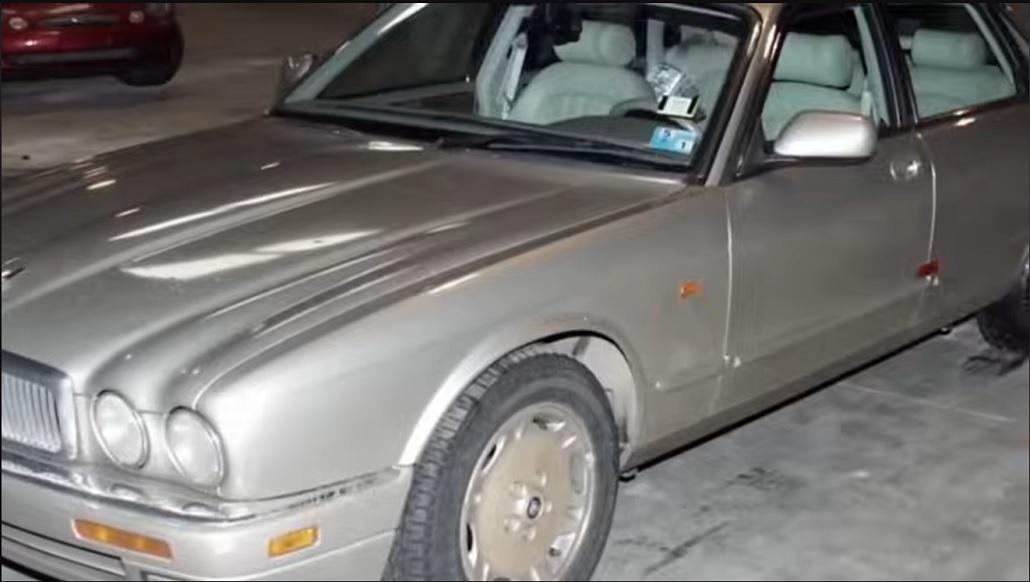
John claimed surgeries at 8 a.m. and 9 a.m. left him no time for murder, but records showed he arrived 30 minutes late to the second procedure, creating a roughly one-hour window unaccounted for (including drive time).
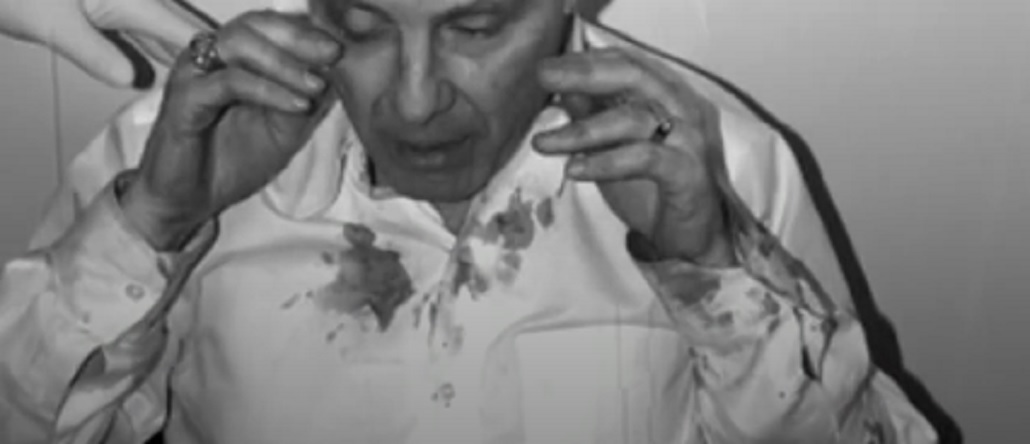
Blood spatter on John’s shoes indicated he was present during the beating.
Crucially, microscopic blood inside the cuff of his shirt (not visible externally) suggested he wielded the murder weapon, as it would have sprayed inward during the attack.
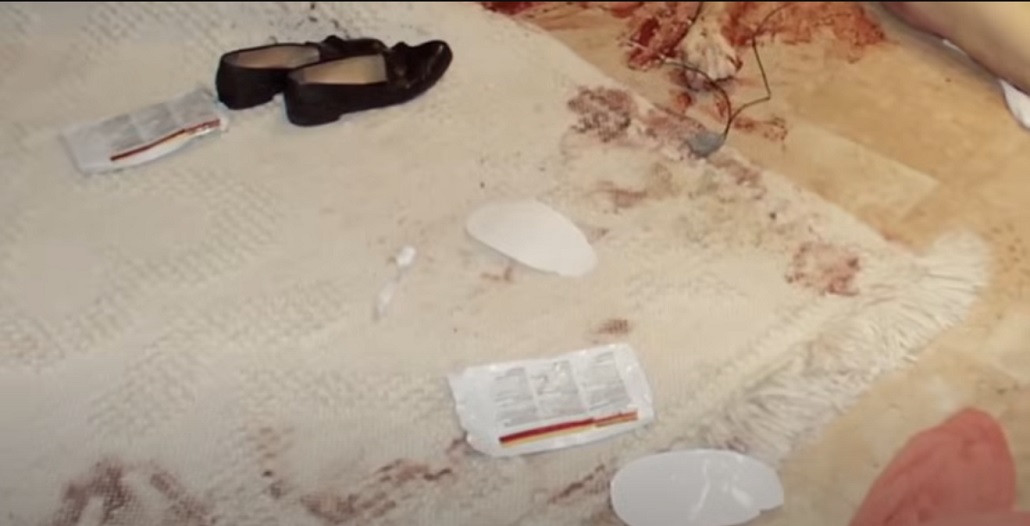
Prosecutors argued marital discord, fueled by Susan’s divorce considerations and John’s possible affair, provided the trigger. The lack of external suspects strengthened the case against him.
John was arrested hours after the 911 call and held without bail.
December 2001, Oklahoma County District Court.
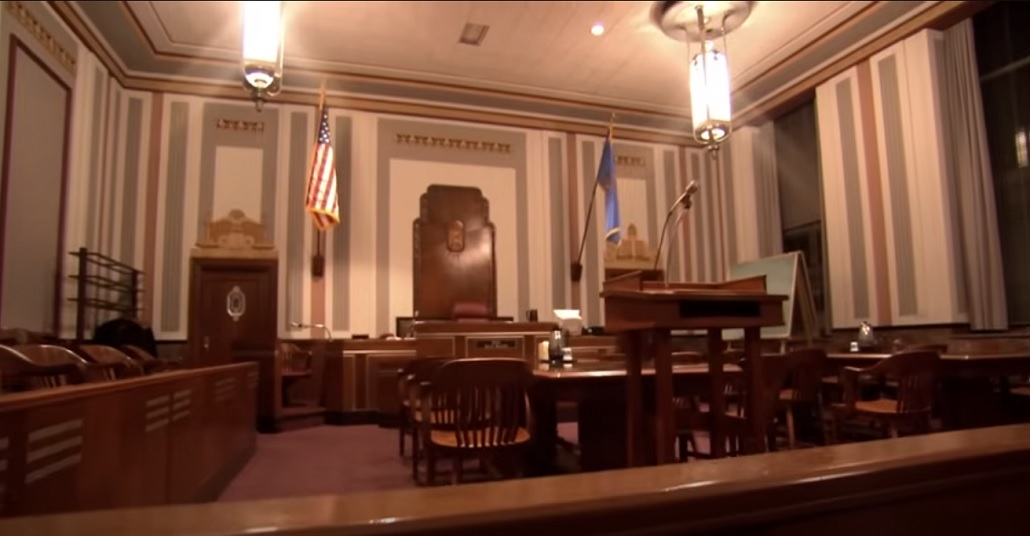
Prosecution (Led by Wes Lane): Emphasized the “fine line between love and hate,” portraying John as crossing it in a rage. They highlighted the blood evidence and timeline discrepancies.
Defense (Led by Mack Martin): Argued police rushed to judgment, ignoring other leads. John testified he was “head over heels” in love and hysterical upon discovery. They claimed blood transfer occurred during CPR and car-moving.
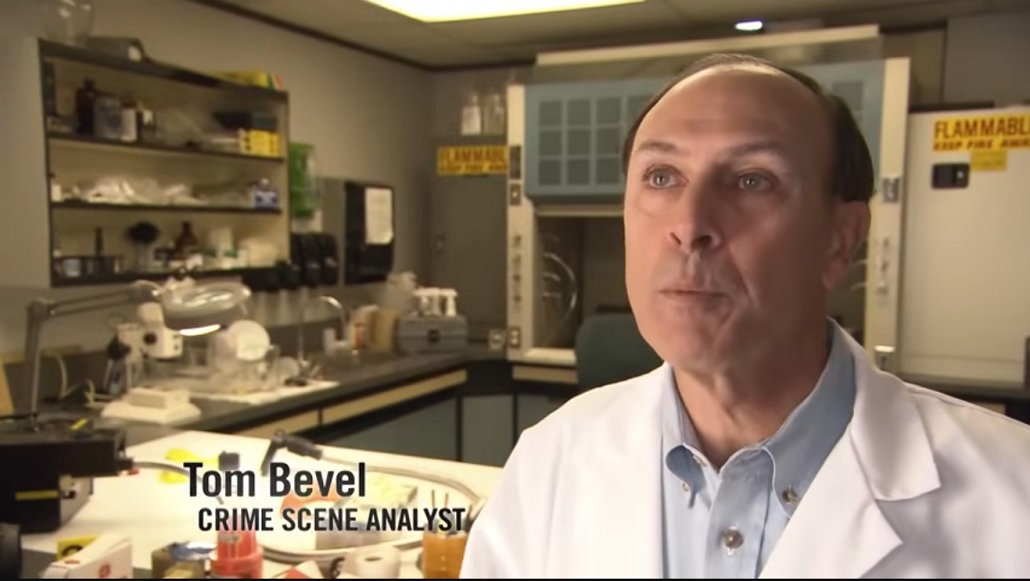
Defense bloodstain expert Tom Bevel, hired by John, initially supported the defense but stunned the courtroom by admitting on cross-examination that the cuff blood was consistent with the killer’s actions. Bevel stated his oath to truth overrode client loyalty, sealing the case.
The verdict :
Guilty of first-degree murder after just two hours of deliberation by a jury of seven women and five men.

January 8, 2002—Life without parole. Judge Ray Elliott noted jurors wished for the death penalty but lacked that option; he told John to “be thankful.” John was also ordered to pay $11,104 for jail costs.
Multiple appeals were denied, upholding the conviction based on the forensic evidence.

As of 2025, Dr. John Hamilton, now in his late 70s, remains incarcerated at the Oklahoma State Penitentiary in McAlester, serving life without parole.
The case remains debated, especially online, for relying heavily on circumstantial evidence—no murder weapon, no confession, and a tight timeline. Supporters (including former patients and colleagues) viewed John as a devoted husband framed by flawed forensics, while prosecutors saw it as a classic domestic homicide.
This conviction exemplifies how bloodstain pattern analysis can pivot a trial, turning a defense witness into a prosecution asset.
